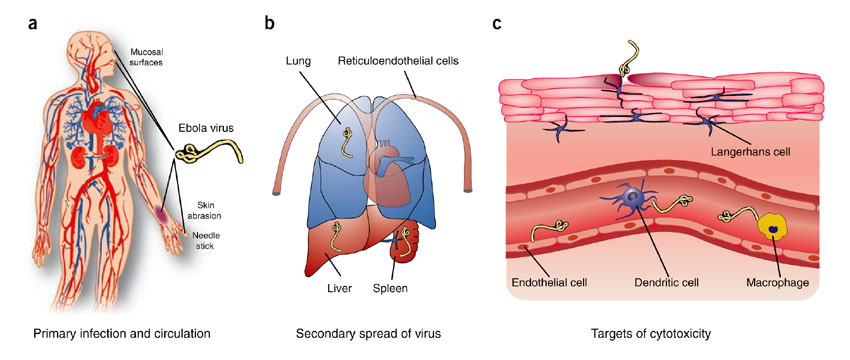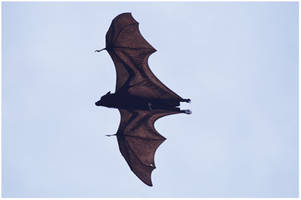All necessary steps are being taken to ensure the safety of all patients, visitors and staff. We will continue to work closely with federal, state and city health officials to address and monitor this case, keep the community informed and provide the best quality care to all of our patients.

what are ebola virus symptoms
What is Ebola virus?
Ebola virus disease (EVD), formerly known as Ebola haemorrhagic fever, is a severe, often fatal illness in humans. The virus is transmitted to people from wild animals and spreads in the human population through human-to-human transmission.
BDBV, EBOV, and SUDV have been associated with large EVD outbreaks in Africa, whereas RESTV and TAFV have not. The RESTV species, found in Philippines and the People’s Republic of China, can infect humans, but no illness or death in humans from this species has been reported to date
Ebola History
Ebola first appeared in 1976 in 2 simultaneous outbreaks, in Nzara, Sudan, and in Yambuku, Democratic Republic of Congo. The latter was in a village situated near the Ebola River, from which the disease takes its name.
- The Ebola virus has killed nearly 900 people in the African nations of Guinea, Liberia, Nigeria and Sierra Leone.
- There have been no reported cases of Ebola in the US.
- The hospital would not specify which country the male patient had visited nor when he made the trip.
- A carrier can go up to 21 days before showing any symptoms.
- This is a developing story that will be updated throughout the day.
Ebola virus: Signs and symptoms
EVD is a severe acute viral illness often characterized by the sudden onset of fever, intense weakness, muscle pain, headache and sore throat. This is followed by vomiting, diarrhoea, rash, impaired kidney and liver function, and in some cases, both internal and external bleeding. Laboratory findings include low white blood cell and platelet counts and elevated liver enzymes.

ebola
People are infectious as long as their blood and secretions contain the virus. Ebola virus was isolated from semen 61 days after onset of illness in a man who was infected in a laboratory.
The incubation period, that is, the time interval from infection with the virus to onset of symptoms, is 2 to 21 days.
Domestic animals
Ebola virus can be transmitted to dogs and pigs While dogs may be asymptomatic, pigs tend to develop symptomatic disease.

Ebola
Ebola Medications

ebola virus Vaccine-immune
Favipiravir looks like it may be useful in a mouse model of the disease.[13] Estrogen receptor drugs used to treat infertility and breast cancer (clomiphene and toremifene) inhibit the progress of Ebola virus in infected mice.[133] Ninety percent of the mice treated with clomiphene and fifty percent of those treated with toremifene survived the tests.[133] Given their oral availability and history of human use, these drugs would be candidates for treating Ebola virus infection in remote geographical locations, either on their own or together with other antiviral drugs.
Article Reference Website: article www.who.int and www.en.wikipedia.org
Tag: what are ebola virus symptoms
what are some symptoms of ebola virus
ebola virus infection
The Scariest Virus: Ebola Is Back, and It’s Worse
Infection Mechanism of Genus Ebolavirus
Ebola virus and Marburg virus Symptoms
Ebola virus: What you need to know about the deadly outbreak
WHO | Ebola virus disease
www.who.int/mediacentre/
Ebola Hemorrhagic Fever | CDC
Ebola hemorrhagic fever: MedlinePlus Medical Encyclopedia







